The first ewes have been housed this week in the Athenry demo flocks. The two high-stocking rate groups (14 ewes per hectare) were housed on Monday, about two weeks earlier than the average in recent years, according to Teagasc researcher Philip Creighton.
“There have been years where we have delayed housing until mid-December, but by and large we have housed the first week to 10 days in December. We have more than our requirement of silage, so I suppose it’s a payback now for the high volumes of grass we grew and surplus grass saved in June,” said Philip.

Housing brings a conclusion to the toughest grazing season for these two groups since the trial began about five years ago.
The earlier housing date is stemming from a delayed lamb drafting pattern and difficulty in building autumn grass supplies. Philip explains that lamb drafting rates were running 10% to 15% behind for much of the season as a result of lower performance.
“Lambs struggled in April and the start of May when grass supplies were tight, with performance also dipping below target pre-weaning. We made up some of this lost ground with good grass growth in June and July, but unfortunately performance was hit again in September.
“We had good grass supplies and, for the year as a whole, grass growth is only back about 0.5t on average. Growth in September was also fairly normal at 40kg DM/ha to 50kg DM/ha, but the constant high levels of rainfall and grass dry matter falling to 12% to 13% from the end of August to early October made it impossible to build covers.
“We also reseeded about 19% of the three grazing blocks in August. The reseed established well, but performed poorly in September, which further limited grass supplies,” he added.
The higher than normal (10%) area reseeded is part of fast-tracking the next component of the trial to analyse performance on high-clover swards.
With ewes and lambs grazing through grass reserves quicker, a decision was taken to house lambs in the high-stocking rate groups (medium and high prolificacy groups) on 13 October.
Philip explains that performance had lifted from 120g to 130g achieved in September to 150g to 160g pre-housing following a significant improvement in weather and the introduction of meal feeding (0.5kg per head) a few weeks previous.
At that stage, it was too late to stretch out grass supplies given the high level of demand, with about 45% of lambs left in these two groups. Another factor that influenced demand across all grazing groups was a 2% lower kill-out percentage, meaning lambs had to be brought to a higher weight of 46kg to 47kg to hit a target carcase weight of 20kg.
Finishing indoors
Once housed, lambs were built up to 0.9kg meal feeding, split twice daily, and offered ad-lib access to top-quality silage (saved from high-quality surplus grass).
Philip says it took about two weeks for lambs to fully adjust to the new diet, but once up and running, performance lifted significantly, with lambs achieving about 210g daily liveweight gain since housing.
Lambs were housed as a fairly even batch, weighing from 39kg to 41kg liveweight. A couple of large drafts has brought the drafting rate back in line with previous years, with lambs in the medium- (12 ewes per hectare) and low- (10 ewes per hectare) stocking rate groups.
Philip says that it was unfortunate that the high-stocking rate group was hit badly, as it had nearly closed the gap in margins attainable in 2015 with the medium-stocking rate groups.
“We have seen from the outset that the groups stocked at 14 ewes per hectare have been more at risk to running short on grass at key stages in the year. Once this happens, supplementary feeding is required and unfortunately that is hitting the financial performance in the system, with the lower 12 ewes/hectare stocking rate group coming out on top.”
Performance comparison
The high-stocking rate group was affected most, but the medium- and low-stocking rate groups have also been hit by unfavourable weather conditions.
Housing is also likely to be two weeks earlier in these groups, with the medium-stocking rate group looking like it will be housed in two weeks’ time, while the low-stocking rate group may be kept out close to Christmas if they continue to achieve high levels of grass utilisation.
Lamb drafting patterns are also two weeks behind normal, but a higher volume of grass delayed housing. Performance on grass alone had picked up in mid-October to 150g and was maintained up to housing on 10 November by meal supplementation being introduced at 0.5kg a couple of weeks pre-housing.
“It was a similar situation with these groups in September and October. On paper and looking visually, there was enough grass in some paddocks to last a week, but, in reality, sheep were grazing it in four to five days. This had a knock-on effect all the way along and with the reseeded ground doing poorly left us on the back foot.”
At present, the drafting rate stands at 79% in the high-stocking rate group, 86% in the medium and 87% in the low. Philip estimates that at current performance, most lambs should be finished this side of Christmas.
The kill-out percentage has also lifted 1% to 2% since October, with selection currently based on a drafting weight of 46kg and kill-out of 45% to 46%.
One change that has been made is to restrict the volume of silage offered. The dry matter is higher at about 30% and offering lambs ad-lib access is resulting in lambs filling up on silage and, as a consequence, reducing meal intake.
Other management aspects being raised are lameness in lambs. This is being controlled by footbathing, while lambs requiring additional treatment are segregated and are also being treated with a foot spray between bathings.
Breeding performance
The breeding season has finished, with rams removed last Monday. Breeding has varied from previous years, with raddle colours denoting about a third of ewes bred each week over three weeks.
This compares with a very tight lambing spread in previous years, where 80% to 90% of ewes were served in the first two weeks of breeding. Similar to other years, it looks like there are very few repeat breeders in the groups.
The exact figures will be calculated at housing when ewes will also be assessed for body condition score (BCS). The high stocking rate group had a BCS of 3.25 at mating, which has since increased to about 3.5, with ewes on a rising plane of nutrition as weather and grass dry matter improved, while the other two groups were closer to a BCS of 3.4 and are now likely to be averaging in excess of 3.5.
On removing from ewes, rams were grouped in a small paddock. Reacquainting with other rams was helped by the fact that rams were continually switched between groups. Rams were only really under pressure for three weeks and Philip says condition improved in the second three weeks of breeding.
They are now receiving about 0.5kg meal supplementation to aid recovery and this is important, with four ram lambs joining the flock this year. They will be housed in the next week to two weeks, at which time three rams identified for culling, due to age, will also be sent to the factory.
Winter management
As mentioned earlier, there is more than adequate winter fodder reserves for the ewes. The main cut of silage has been analysed at 69 to 71 DMD, similar to previous years, and will be adequate to maintain ewe condition.
The winter fodder budget has been calculated on ewes consuming about 1kg silage dry matter daily. Higher-quality silage saved from surplus grass will be fed in late pregnancy to reduce the concentrate requirement.
Ewes received a fluke dose about two weeks ago with a product used that targets immature and mature liver fluke. Ewes remaining outdoors will be treated again at housing, as will rams. Other than that, the only other health tasks are regular foot bathing and the clostridial disease booster approaching lambing.

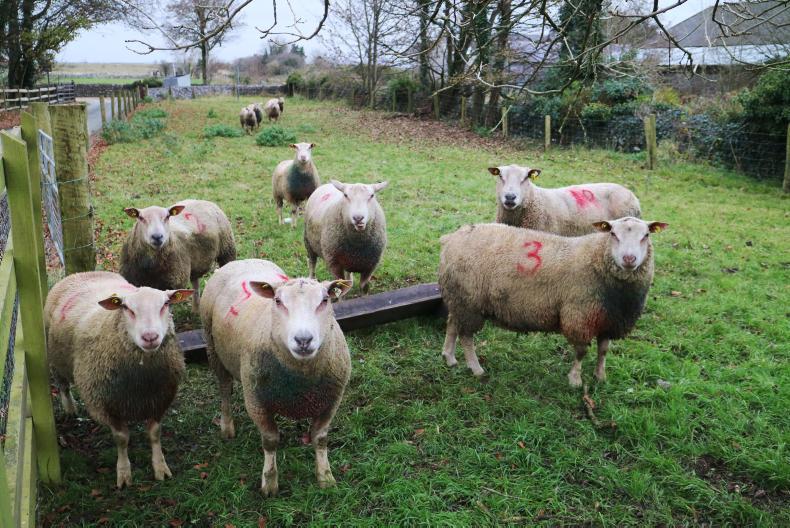




 This is a subscriber-only article
This is a subscriber-only article





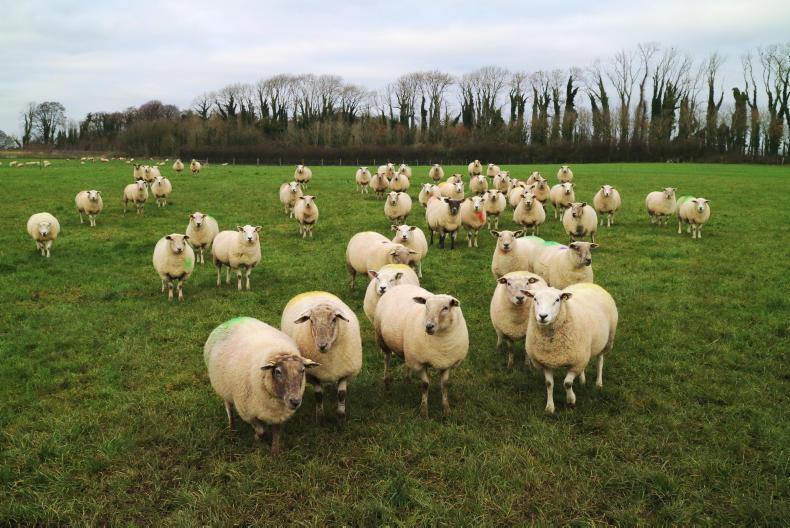



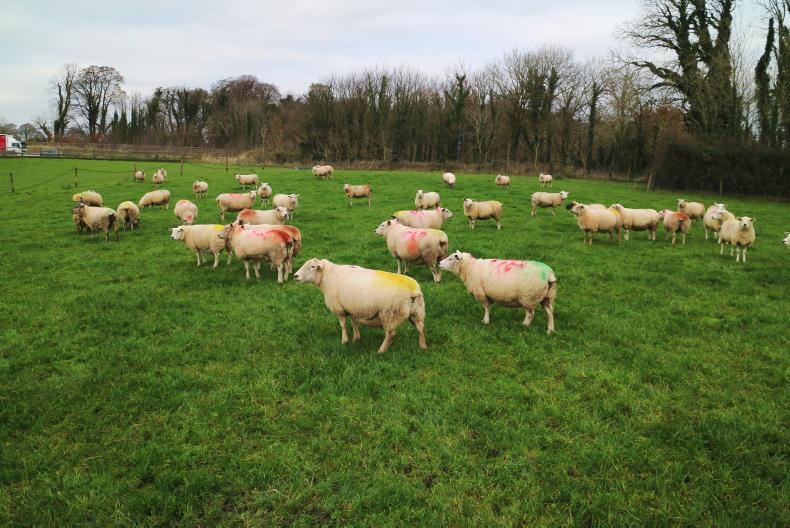

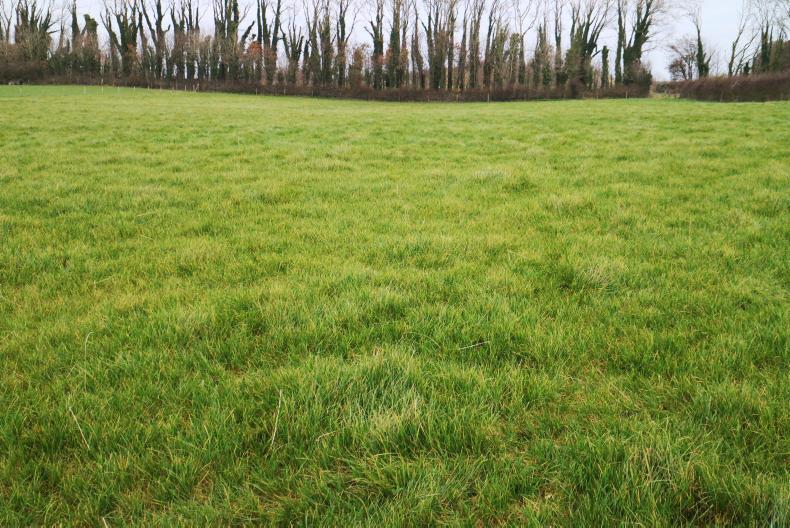
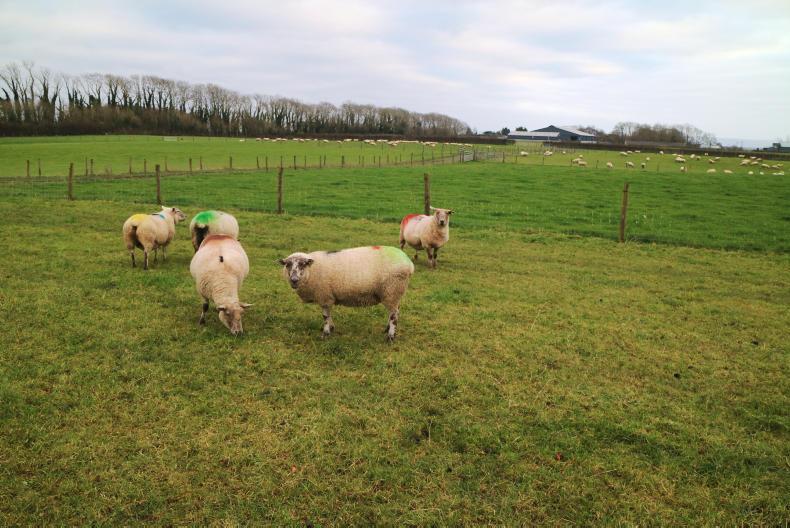





SHARING OPTIONS: